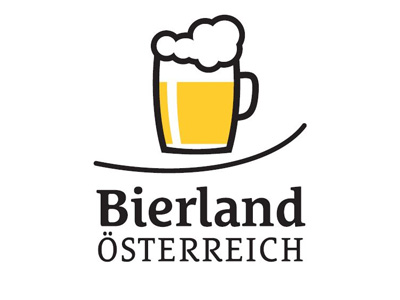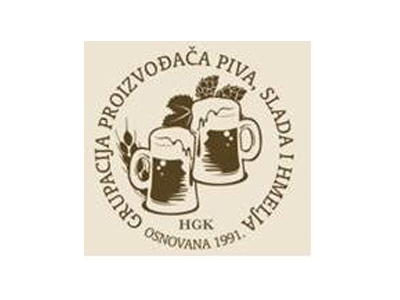- 23/10/2018
- 888
- |
- Beer
- |
- GM
- 2018
9.49 - Hop aroma components in beer by Headspace-Trap Gas Chromatography (HT-GC)
The determination of selected hop-derived aroma components (myrcene, linalool, geraniol, 2-methylbutyl isobutanoate) in beer by automatic headspace-trap gas chromatography in combination with mass spectrometry.
It is necessary to use EBC Method 9.46










